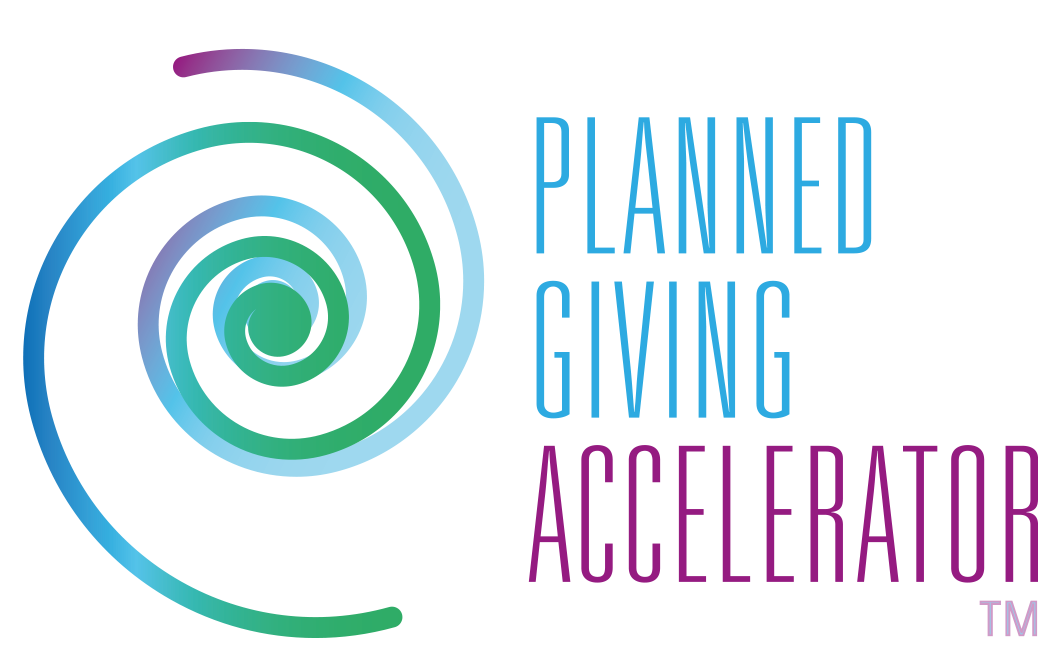
Flickr Creative Commons photo: https://www.flickr.com/photos/kristiand/
Most direct mail fundraising appeals follow a well-tested set of rules that are influenced by decades of data.
Planned-giving appeals are different. While most fundraising letters aim to persuade readers to make an immediate gift, that isn’t true of planned-gift mailings.
Instead, they should have a different feel — and follow a different set of rules.
Because your goal is to start a long-term conversation, it requires a special touch to create a letter that introduces donors to planned giving.
Thus, I urge you to write from the heart. Be warm, factual, sincere, and straightforward.
Your objective isn’t strictly to hit a rate of reply by a certain date. Quite often, the response comes much later.
This is long-term fundraising. You’ve hit a home run if someone saves your letter and retrieves it years later when it’s time to prepare or revisit a will.
Here are 10 things to consider as you create your next planned-giving appeal letter:
-
- Keep it simple. Devote your letter exclusively to promoting a gift by will. No other subjects should distract from that purpose.
- Write with a tone that appeals to older readers. Write for people in their 60s and older.
- Keep it short. Write one page or less.
- Personalize it. Use a full inside address and a formal salutation (Dear Miss/Mrs./Ms./Mr.). Avoid using salutations such as “Dear friend” or “Greetings!”
- Get a testimonial. If you have a willing donor who has decided to make a planned gift, a testimonial from that donor can be incredibly powerful, especially if it articulates what a lasting legacy with your nonprofit means to that person.
- Let the request stand alone in its own paragraph. I like to underline it.
- Use a closed outer envelope, not a window carrier. The subject is personal, private, and serious. Your letter shouldn’t look like an invoice.
- Enclose a reply card. This will give readers the opportunity to tell you they’d like more information.
- Include a return envelope. Because this is a personal and discreet conversation, don’t design your reply card as a self-mailer. The information being shared is sensitive.
- Postage decisions matter. Apply a stamp. You can use the first-class, presort rate (if you want to save money over regular first class). It’s important to avoid bulk mail or metering for this personalized, earnest, and important letter. Perception matters.


